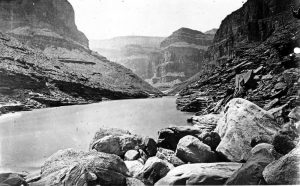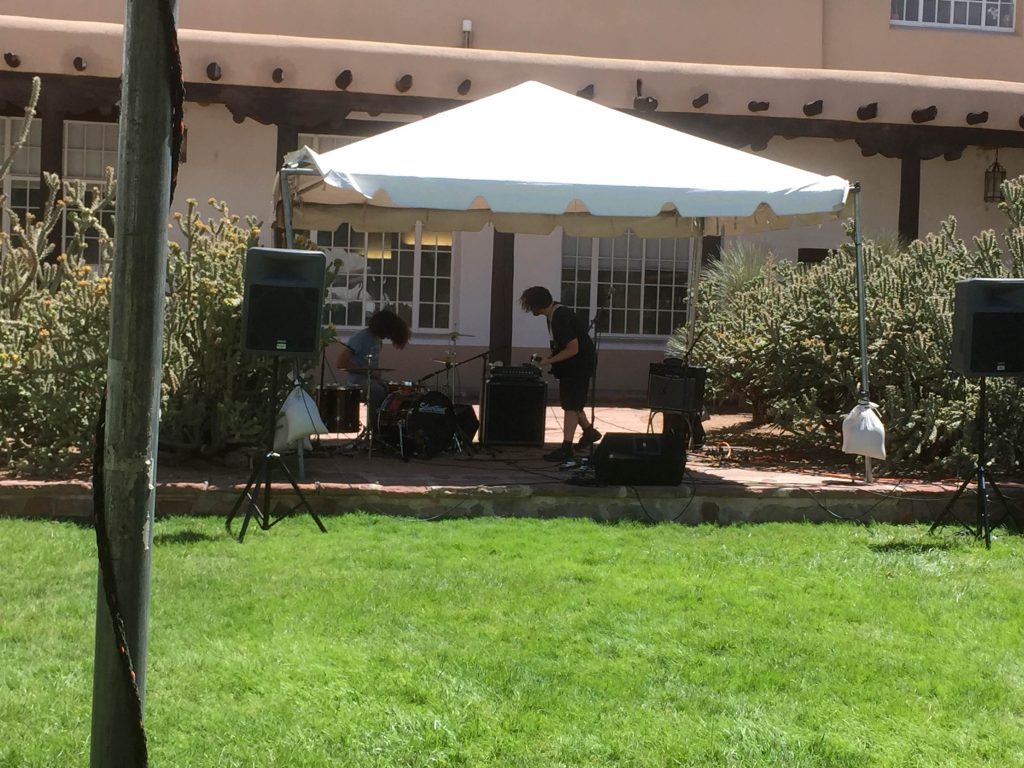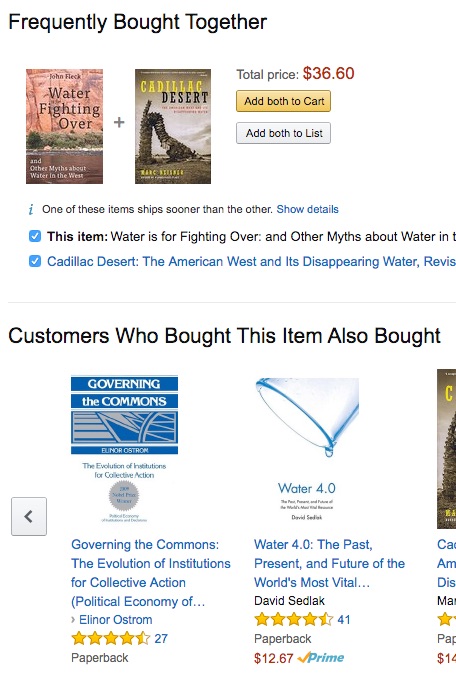Sandra Dibble’s latest on the proposed Rosarito Beach desalination plant highlights a point that’s central to the introductory water policy and management class I help teach (/me waves to WR571 students!). Getting the technical stuff right in water management only gets you part way down the road. Getting the institutions right can be a bigger challenge.
If you look at a satellite image of the greater Tijuana-San Diego metropolitan area, you see a huge blob of a city. Add in a map layer that shows the legal geography, and suddenly there’s a sharp line down the middle – the U.S.-Mexico border. Managing natural resources across such boundaries is an extraordinary challenge. You have resources in common. You often have populations in common (less so since we’ve gotten all wall-obsessed, but until recently moving back and forth in these big border twin cities was the norm). But you have very different institutional structures bumping up against one another.
(The 1995 study of the twin cities of Nogales by Helen Ingram and her colleagues, summarized in the book Divided Waters, is a great example of this stuff.)
Dibble’s story talks about the effort underway on the Mexican side of the border to build a really big desal plant. I don’t know enough about the technical and financial details to know whether this makes sense. But what caught my eye, in terms of the institutional arrangements, was this:
The desalination plant would ensure the Tijuana-Rosarito Beach region’s water needs are met for the next 50 years, said Oscar Gracia Valencia, who heads the public-private partnership unit in the Secretariat of Infrastructure and Urban Development.
North of the border, the Otay Water District has been closely following the project’s progress. The water agency, which has more than 220,000 customers in southeastern San Diego County, is hoping to purchase some of the water to diversify its supply.
I pay attention to this stuff because all these communities, on both sides of the border, are heavily dependent on Colorado River water. Which, y’know, is a hobby of mine. So the potential for new sources of supply that reduce the pressure on our beloved, beleaguered river tend to catch my eye.
Moving water across an international border like this is an extraordinary institutional challenge. It will be interesting to watch the progress of these discussions.



